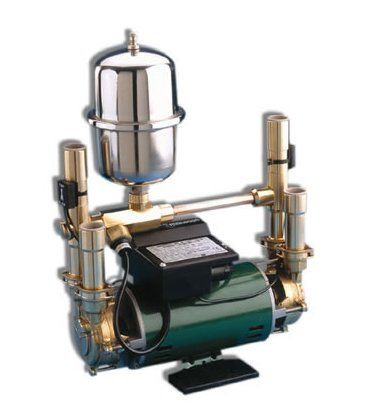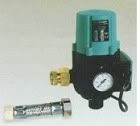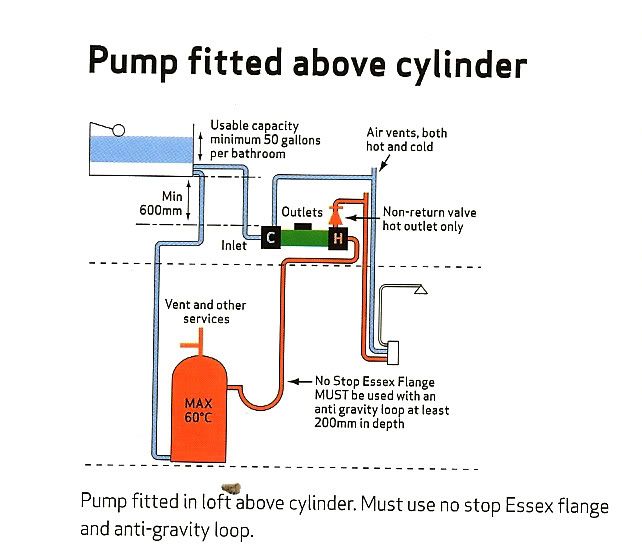I have fitted a Salamander CT75 shower pump for my thermostatic shower and the only problem is the pump does not start when the shower is switched on. As soon as it runs there is no problem. I have been told that it is borderline negative head and as the pump is virtually new the most cost effective way to cure this problem is to fit a negative head switch rather than buy a new negative head pump. I not too sure how to wire this in and any help or links to wiring instructions would be most appreciated.
Many thanks in advance.
Many thanks in advance.





